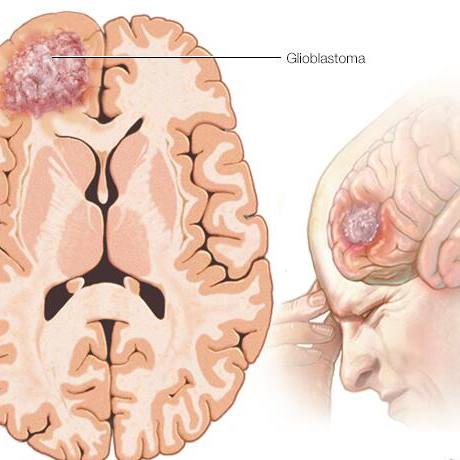-
Research
Addressing corticophobia — Calming parents’ fears using the Rochester Epidemiology Project
Today's parents face an almost constant bombardment of guidance, warnings, advice, anecdotal information and suppositions regarding their child's health and wellbeing. Even the most well-read parents may struggle to find the facts among the fiction — or to figure out which facts are true for their child.
This constant barrage of often conflicting information can cause unnecessary fear, as is the case for parents experiencing corticophobia — an irrational fear of corticosteroids. Recent research from Mayo Clinic may alleviate some of that fear for parents whose children are suffering from atopic dermatitis.
Atopic dermatitis, also known as eczema, is common among children. It causes the skin to become red and itchy. The most common treatment is a corticosteroid cream that helps control the itching and repair the skin.
"While there are risks with every medication, when we prescribe corticosteroid cream for our patients, we know that the relief for the itching and inflammation will be almost immediate," says Reese Imhof, M.D., an internal medicine resident at Mayo Clinic, and the first author of the study.
One common fear parents express is that this medication will cause their child's bones to break more easily.
"We conducted this study because we hoped to lay some fears to rest," Dr. Imhof says. "The Rochester Epidemiology Project is a great resource for this type of research. It basically contains an entire community's health history for more than two generations."
The researchers used the Rochester Epidemiology Project to identify patients who received their first diagnosis of atopic dermatitis before age 4, during the years 2004 – 2017. They conducted a landmark analysis — a methodology intended to hone in on any predictive, or causal, relationship between corticosteroids and broken bones — on 2,499 children who met additional inclusion criteria. The team found no association.
| Tried and True |
|---|
| Corticosteroids are not a new treatment. These medications have been around for more than 70 years, emerging out of Dr. Edward Kendall's identification of cortical hormones and discovery of cortisone at Mayo Clinic in the 1930s. |
"Unfortunately, children do sometimes break bones, but we didn't find any reason to believe that using corticosteroid cream for eczema could make that more common.," says Dr. Imhof.
The authors mention some limitations for their findings, including that their study population was predominantly Caucasian, and that they were unable to evaluate cumulative exposure to corticosteroids. They also expressed interest in further research to address this latter concern and other possible variables.
The Rochester Epidemiology Project is a medical records linkage system containing nearly 2 million medical records from multiple health care systems providing a full picture of risks for an entire geographical region. The multidisciplinary team that conducted this study received additional support from Mayo Clinic's Department of Medicine, Division of Biomedical Statistics and Informatics, Division of Epidemiology, Department of Health Sciences Research, Department of Dermatology, Department of Pediatric and Adolescent Medicine, Department of Clinical Genomics and the Mayo Clinic Robert D. and Patricia E. Kern Center for the Science of Health Care Delivery.
###









